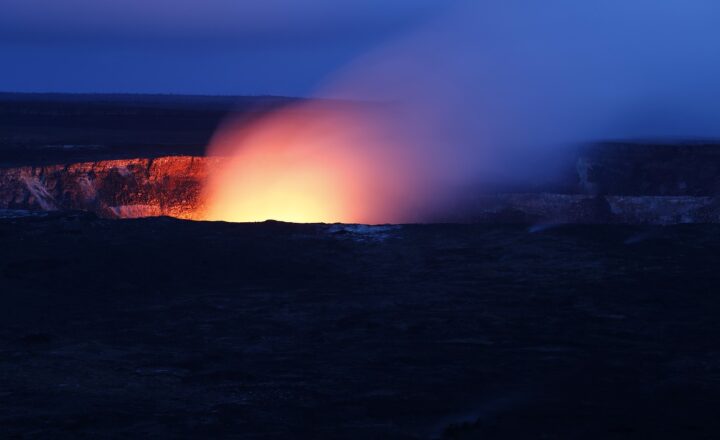The Strangest Myths About the Sky and Their Scientific Truths
November 17, 2024

Myths about the sky have fascinated humanity for centuries, from ancient civilizations attributing divine meaning to celestial bodies to modern-day misconceptions perpetuated by social media. In this article, we will explore some of the strangest myths related to the sky, debunking them with scientific truths.
1. The Moon is Made of Cheese
One of the most enduring myths about the Moon is that it is made of cheese. This whimsical idea has its roots in folklore, but it is far from accurate. The Moon is primarily composed of rocky material, mainly basalt and anorthosite, with no cheese in sight.
Scientists use advanced techniques such as spectroscopy to analyze the composition of the lunar surface, allowing us to understand its geological history. The very first lunar missions collected samples that confirmed the Moon’s pearly gray complexion is due to silicate minerals, not dairy products.
2. The Northern Lights are a Sign of the End Times
In some cultures, the beautiful display of the Northern Lights (Aurora Borealis) has been interpreted as a harbinger of doom. This myth likely exists due to the vivid colors and mesmerizing movements of the lights, which can be interpreted as supernatural phenomena.
Scientifically, the Northern Lights result from charged particles emitted by the sun that collide with Earth’s magnetic field and atmosphere. This interaction produces the stunning colors we see, ranging from greens to purples, that are entirely natural and devoid of any prophetic meaning. The phenomenon is not only beautiful but also a reminder of the sun’s influence on Earth’s atmosphere.
3. There is No Sound in Space
The idea that “there is no sound in space” is often misinterpreted or misrepresented in pop culture. While it is true that sound cannot travel through the vacuum of space (since sound waves require a medium like air to propagate), there are places in the cosmos where sound can exist.
For instance, sound waves can travel through denser mediums, like plasma, which is what comprises stars and gas clouds. Moreover, researchers have detected electromagnetic vibrations near black holes and neutron stars, which they have converted into sound waves that humans can hear. Thus, while the vacuum of space may mute traditional sounds, the cosmic orchestra never truly stops.
4. We Only See One Side of the Moon
There’s a widespread belief that we only see one side of the Moon at all times. While it’s true that the Moon is tidally locked with Earth, meaning the same side faces us, we can actually see 59% of its surface over time due to a phenomenon called lunar libration.
Libration is the oscillation of the Moon that allows observers on Earth to glimpse beyond the edge of the lunar disk. This ever-so-slight rocking motion grants astronomers and enthusiasts opportunities to map features that aren’t usually visible, fostering greater understanding of our celestial neighbor’s morphology.
5. Shooting Stars are Stars Falling from the Sky
The term “shooting stars” is a misnomer. When we see shooting stars, what we are actually witnessing are meteoroids entering Earth’s atmosphere at high speeds, creating streaks of light as they burn up due to atmospheric friction.
These ephemeral flashes can be captivating, but they are not stars at all. In fact, most meteoroids are only the size of a grain of dust. In rare instances, if a meteoroid survives its fiery descent and reaches the ground, it is called a meteorite. These remnants provide scientists valuable data about the early solar system.
6. The Sky is Blue Because it Reflects the Ocean
It is ingrained in many that the blue color of the sky is due to a reflection of Earth’s oceans. However, the blue hue is a result of Rayleigh scattering. When sunlight enters Earth’s atmosphere, it collides with molecules of air, scattering shorter blue wavelengths more effectively than longer red wavelengths.
Despite the presence of vast oceans, the blue sky has nothing to do with water – it is a purely atmospheric phenomenon where the combination of light and air gives Earth its atmospheric color.
Conclusion
Through examining these myths about the sky, we garner new insight into the fascinating interplay between folklore and science. Understanding the scientific truths behind popular beliefs helps demystify the sky above us and enriches our appreciation of the universe.
In our journey toward knowledge, it is essential to seek the truth and articulate facts that inspire curiosity and wonder. As we unravel these veils of misconception, we encourage others to look to the skies—not just to marvel, but to learn about the natural world surrounding us.
So, the next time you look up at the sky, appreciate its beauty—but also remember the science that explains it. Let curiosity be your guide in exploring the cosmos, and perhaps, you’ll find your own truths among the stars.







